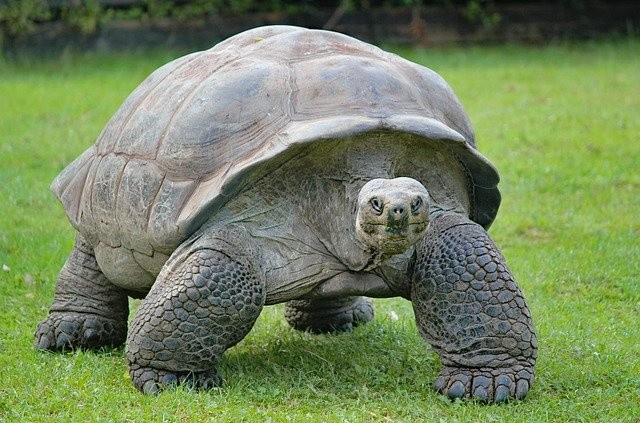
Scientists conduct a new study about cold-blooded animals on how lifespans are connective to their size, particularly tetrapods that are reptiles and amphibians. Humans live up to 70 years on average, but tortoises can live for one hundred years.
Longevity Is Subjective in Different Species
This is the most complete study to date mapping how long animals live in the wild; while looking at 114 populations composed of 107 species, reported Science Alert.
Several decades of data on how species control body head, external temperature, and their lifestyles were compiled; then examined, and these are their results.
There are 30 known vertebrate species capable of living over 100 years or a century and more. Identified are 20 ectotherms; scientists want to know what makes them live longer than humans.
Careful examination by the researchers has yielded compelling findings of physical and chemical characteristics. They could be hard armor, spines, poison bites, and slow aging, which can be connected to a greater lifespan, also called protective phenotypes crucial for longevity.
Defensive Mechanisms in Animals
According to evolutionary biologist Beth Reinke of Northeastern Illinois University, different defensive mechanisms could reduce animal mortality rates within generations.
She also asserted that they would live longer, which might alter the selection landscape all over generations for the emergence of delayed aging, noted Scimex.
In addition, some species like cold-blooded animals like tetrapods do not age at all or age slowly. However, their likelihood of dying does not evolve when they are past reproduction.
Read Also : Blueprint for Life Could Have Started From Asteroids Hitting the Protean Earth Billions of Years Ago
Animals are one in a hundred chances of dying by age 10, then one and a hundred they will perish by 90, called negligible aging.
In comparison, the average US woman has a chance that one in 2.500 aged 20 and one in 24 at 80 years old. One species in each ectotherm group, including frogs, salamanders, lizards, crocodilians, and turtles, displayed minimal aging.
Though the study has revealed a different conclusion based on outer temperatures to control their body heat, like animals that couldn't control their body heat, a lower metabolic rate did not mean a long-lived one.
Researchers saw that cold-blooded animals live longer or shorter lifespans compared to warm-blooded animals of the same size.
The aging rates of bird was greater in comparison to a mammal as one inference, but slowly aging turtles were distinctive and a focus of scientists.
It's the only animal with a slower metabolic rate with longer life, and it is where the strongest protective phenotype exists, noted EurekAlert!.
Another evolutionary biologist, Anne Bronikowski of Michigan State University, believes that their modified morphology with hard shells offers security and has played a role in the evolution of their life histories, including negligible aging, no demographic aging, and long lives.
The research described in this study is helpful in the long run in the future in several ways, such as looking into human aging patterns or continuing to work on cold-blooded animal conservation programs. This is partly because of the length of time the research stretches.
According to Australian ecologist Mike Gardner of Flinders University, many research findings, such as the monogamy and host-parasite relationships in sleepy lizards, are the product of prolonged studies. The study concludes that cold-blooded animals like tetrapods include reptiles and amphibians who were the research subjects.
Related Article : Researchers Assume a Nearly Oxygen-Free Environment on Mars Where Some Life Forms Thrive








